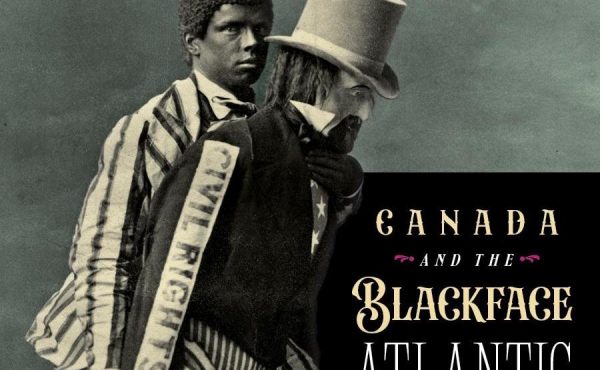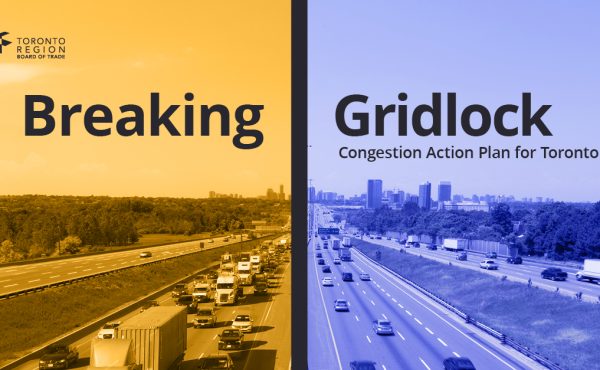
Someone recently suggested I look at the 1985 book Looking at Cities by Allan B. Jacobs, a great California urbanist who did a lot of work on how to make cities more humane.
The book shows how much one can learn from an area of a city by looking at it, teaching what to look for and what different elements of the city mean. It’s an attempt to restore a qualitative aspect to urban planning, to show that a city can only be truly known by experiencing it in addition to looking at its statistics.
I have to admit that a lot of the material seems like common sense to me after years of urban activism, although it certainly made me realize that I don’t exercise my common sense in looking at my urban surroundings as much as I could. One of the most enlightening and stimulating parts of the book are the series of small sketches in margins that illustrate different things to look for — my favourite is a series of sketches of the effect on neighbourly communication of fence heights between yards: the one at waist height is “easy”, the one higher than a human is “difficult”, the one at no more than foot height “may be awkward”.
But my favourite part of the book is Jacobs’ ode to walking as the best way to learn a city (page 12-13). I am going to quote it in full — it sums up the importance of walking very well:
“It is more than a personal value or preference that leads me to the conclusion that walking is by far the best way to look at cities. There are other acceptable modes of observation, which can be appropriate, depending on the size and type of the area, and the purpose of looking. But nothing replaces looking while on foot. The speed of the other modes makes it difficult to see and explore details.
The walking observer can control the pace and the amount of time of looking at any particular scene more directly and more easily than when driving or riding. Walkers have nothing else to do in terms of locomotion so they can concentrate on looking. Mobility is maximized: a person can walk around a park or on public stairs, even look into someone’s backyard.
Walking allows the observer to be in the environment with no barriers between the eyes and what is seen. The sensual experience — noises, smells, even the feel of things — is a real part of walking. There is more than you can take in: sights, sounds, smells, wondering what it might be like to live there, what it used to be like, and much more. It is an exciting, heady business.”
photo by Adam Krawesky




2 comments
I think there’s a time and place for walking, biking and driving. To really know a NEIGHBOURHOOD, walking (or running) is really key. The biggest advantage is being able to take alternate routes (through parks, up stairs, etc) not available by car or bike.
BUT to get a good overview of the city, biking or driving help you get it a lot quicker, just because you’re moving a lot quicker. Biking is a happy medium since you can still stop pretty much on a dime (without worrying where to park or holding up traffic).
It’s not clear if the revered Mr. Jacobs (no relation) ever did explore a city by bike, as it’s a way of doing a lot more city/area, though some of the nuance is best appreciated by foot.